Circaeasteraceae is a small family of flowering plants that includes only one genus: Circaeaster. This genus consists of just two species of plants that are found in Asia and North America. The name “Circaeaster” comes from the Greek mythological figure Circe, who was known for her magical powers.
According to the legend, Circe used her magic to turn sailors into pigs. However, the Greek hero Odysseus was able to resist her spells using a herb called moly. Some scientists believe that moly may actually have been one of the Circaeaster species.
Despite its small size and relatively unremarkable appearance, the Circaeasteraceae family has an interesting connection to ancient mythology. It just goes to show that even the smallest things can have a big story to tell.
Picture
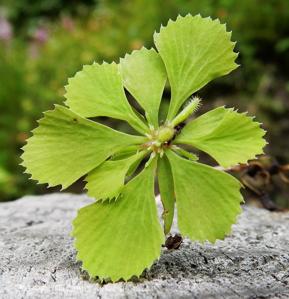

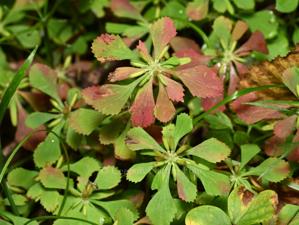
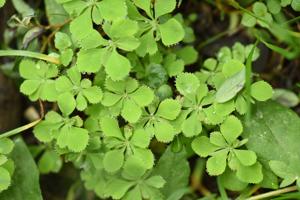
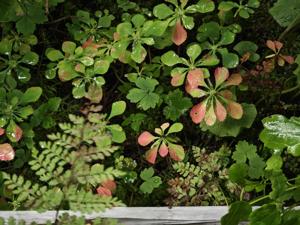
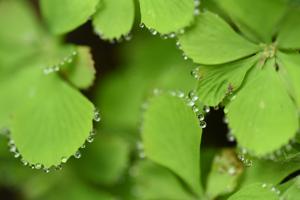
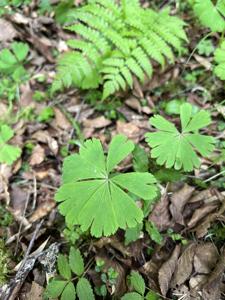
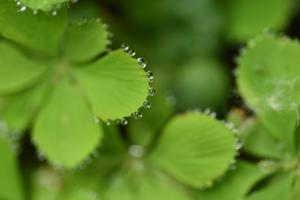
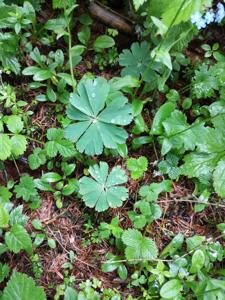
Plant some seeds now!
Short Description
Circaeasteraceae is a family of two species of herbaceous plants native to China and the Himalayas.
The family has been recognized by many taxonomists. The APG II system (2003; unchanged from the APG system of 1998), recognizes it and places it in the order Ranunculales in the clade eudicots. It treats the family to consist of two genera each with a single species, Circaeaster agrestis and Kingdonia uniflora, but allows the option of segregating the latter species as family Kingdoniaceae. The APG III system of 2009 also recognizes the two species but no longer allows the optional segregation into Kingdoniaceae.



